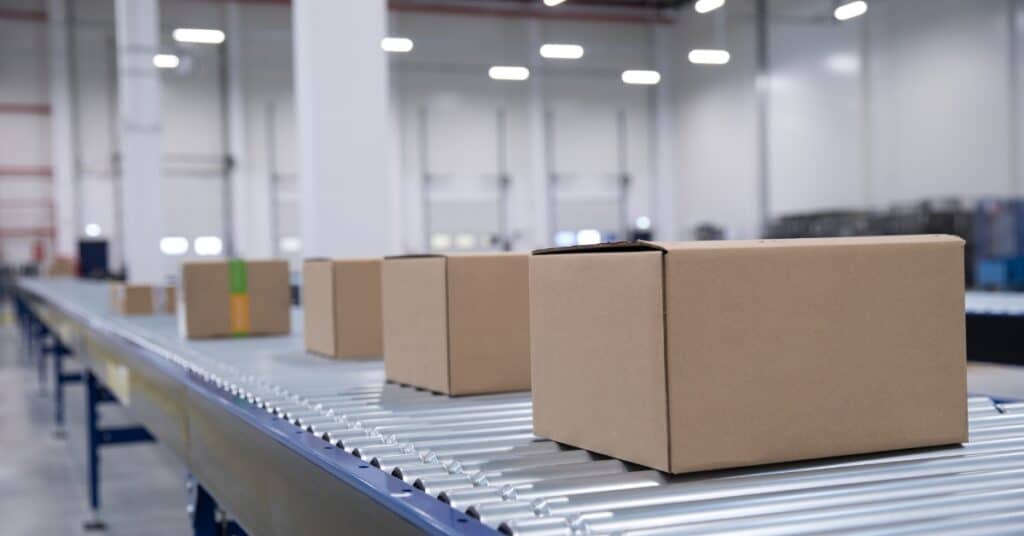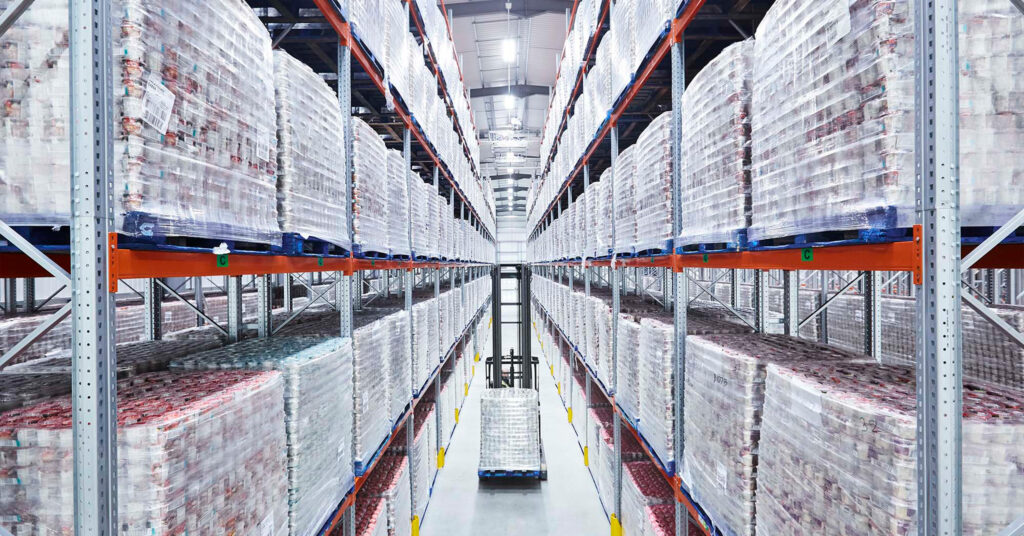In the fast-paced world of warehousing and logistics, temperature control in cold storage facilities isn’t just a minor detail—it’s the backbone of your operation. Whether you’re dealing with perishable food, pharmaceuticals, or temperature-sensitive materials, even the slightest fluctuation in temperature can lead to spoilage, regulatory issues, and major financial losses.
At Quality Distribution, LLC, we understand the intricate challenges businesses face when managing cold storage warehouses. Our state-of-the-art solutions ensure that your inventory remains in perfect condition while optimizing efficiency and reducing costs.
Common Temperature Control Challenges
Maintaining precise temperature control in a warehouse is a constant battle. Several factors can compromise the stability of your storage environment, including:

Inconsistent cooling systems – Aging or inefficient cooling equipment can struggle to maintain steady temperatures, leading to fluctuations that put your products at risk.
Warehouse layout issues – Poorly designed storage layouts can create temperature inconsistencies, with some areas receiving less cooling than others.
Frequent door openings – Every time a warehouse door is opened, warm air enters, causing temperature spikes that force cooling systems to work harder.
Equipment malfunctions – A breakdown in refrigeration or HVAC systems can quickly escalate into a major loss if not addressed immediately.
External weather conditions – Seasonal temperature swings in Utah and other regions can make temperature management even more challenging.
The Impact of Poor Temperature Management
Failing to maintain strict temperature control in a cold storage facility can have severe consequences, including:
Product Spoilage and Waste – Perishable goods such as food and pharmaceuticals can become unsafe for use, leading to costly waste.
Regulatory Violations – Many industries must comply with FDA, USDA, or other regulatory standards, and temperature failures can result in fines or even business shutdowns.

- Increased Energy Costs – Inefficient temperature management forces cooling systems to work overtime, consuming more energy and driving up costs.
- Supply Chain Disruptions – If temperature-sensitive products become compromised, businesses risk delayed shipments, dissatisfied customers, and lost revenue.
Technology Solutions for Better Cold Storage Management
Advancements in technology have made warehouse temperature monitoring more reliable than ever. Implementing the right temperature control solutions can significantly enhance your operations:

Automated Temperature Monitoring Systems – These provide real-time tracking and alerts, helping prevent temperature deviations before they become a problem.
Smart IoT Sensors – Placed strategically throughout the warehouse, these sensors detect and report temperature inconsistencies instantly.
AI-Powered Climate Control Systems – Machine learning algorithms adjust cooling output based on real-time data, optimizing energy efficiency.
Backup Power and Redundant Cooling Systems – Essential for protecting inventory during power outages or equipment failures.
Cloud-Based Data Analytics – Provides insights into long-term temperature trends and helps identify inefficiencies in the system.
Best Practices for Warehouse Temperature Monitoring
Maintaining an optimal cold storage environment requires proactive monitoring and strict adherence to best practices:
Routine Equipment Maintenance – Preventative maintenance reduces the risk of unexpected breakdowns and extends the lifespan of cooling systems.
Zoning and Airflow Optimization – Strategically placing temperature-sensitive goods in high-priority cooling zones prevents hot spots.
- Restricted Access Protocols – Limiting unnecessary door openings helps stabilize internal temperatures.

- Automated Alarms & Alerts – Immediate notifications of temperature fluctuations allow for quick corrective action.
Regular Calibration of Sensors – Ensures all monitoring equipment is functioning accurately.
Emergency Response Procedures
No matter how well you plan, unexpected failures can still occur. That’s why having a clear emergency response protocol is crucial:
Immediate Alerts – Automated systems should notify staff when temperature thresholds are exceeded.
Rapid Response Teams – A designated team should be trained to handle emergency temperature fluctuations.
Backup Power & Cooling – Emergency generators and backup cooling systems can prevent catastrophic losses.
Contingency Storage Plans – Partnering with external storage facilities can provide alternative storage in case of extended failures.
Supplier & Carrier Coordination – A strong communication strategy with suppliers ensures a quick response for replenishing or relocating inventory.
Staff Training: The Human Factor in Cold Storage Management
Even with cutting-edge technology, human error remains a major factor in temperature control failures. Proper staff training can make all the difference:
Understanding the Importance of Temperature Stability – Employees should be educated on how small temperature changes can impact product integrity.
Efficient Handling & Loading Procedures – Workers should minimize the time cold products are exposed to ambient temperatures.
Recognizing Warning Signs – Employees must be able to identify when cooling equipment is underperforming.
Compliance with Industry Regulations – Training should include adherence to FDA, SQF, and other safety guidelines.
Cost-Effective Solutions for Cold Storage Warehouses
While maintaining cold storage efficiency requires investment, there are cost-effective strategies to help maximize savings:
Regular System Inspections – Preventative maintenance is far cheaper than emergency repairs.
Energy-Efficient Equipment – Investing in high-performance refrigeration units saves money in the long run.
Load Optimization – Maximizing space utilization within the warehouse reduces cooling demands.
Demand-Based Cooling – Smart systems adjust cooling levels based on real-time demand, reducing wasteful energy use.
Leveraging Freight Consolidation – Using Quality Distribution, LLC’s Just-in-Time Shipping and freight solutions helps streamline supply chain efficiency while maintaining proper temperature control.
Secure Your Cold Storage Success Today!
Ensuring optimal cold storage management requires a strategic approach—one that balances technology, best practices, and expert oversight. With our extensive experience in warehouse temperature monitoring and logistics, Quality Distribution, LLC is committed to delivering high-quality solutions that keep your products safe and your operations efficient.
If you’re ready to upgrade your temperature control strategies, give us a call at (801) 323-9100 today. Let’s work together to safeguard your inventory, optimize efficiency, and cut unnecessary costs.
- 3PL Storage Solutions: Streamlining Your Supply Chain - November 17, 2025
- 7 Benefits of Using Local Storage Facilities for Your Business - October 22, 2025
- The Ultimate Guide to 3PL Storage and Fulfillment Services - October 22, 2025


